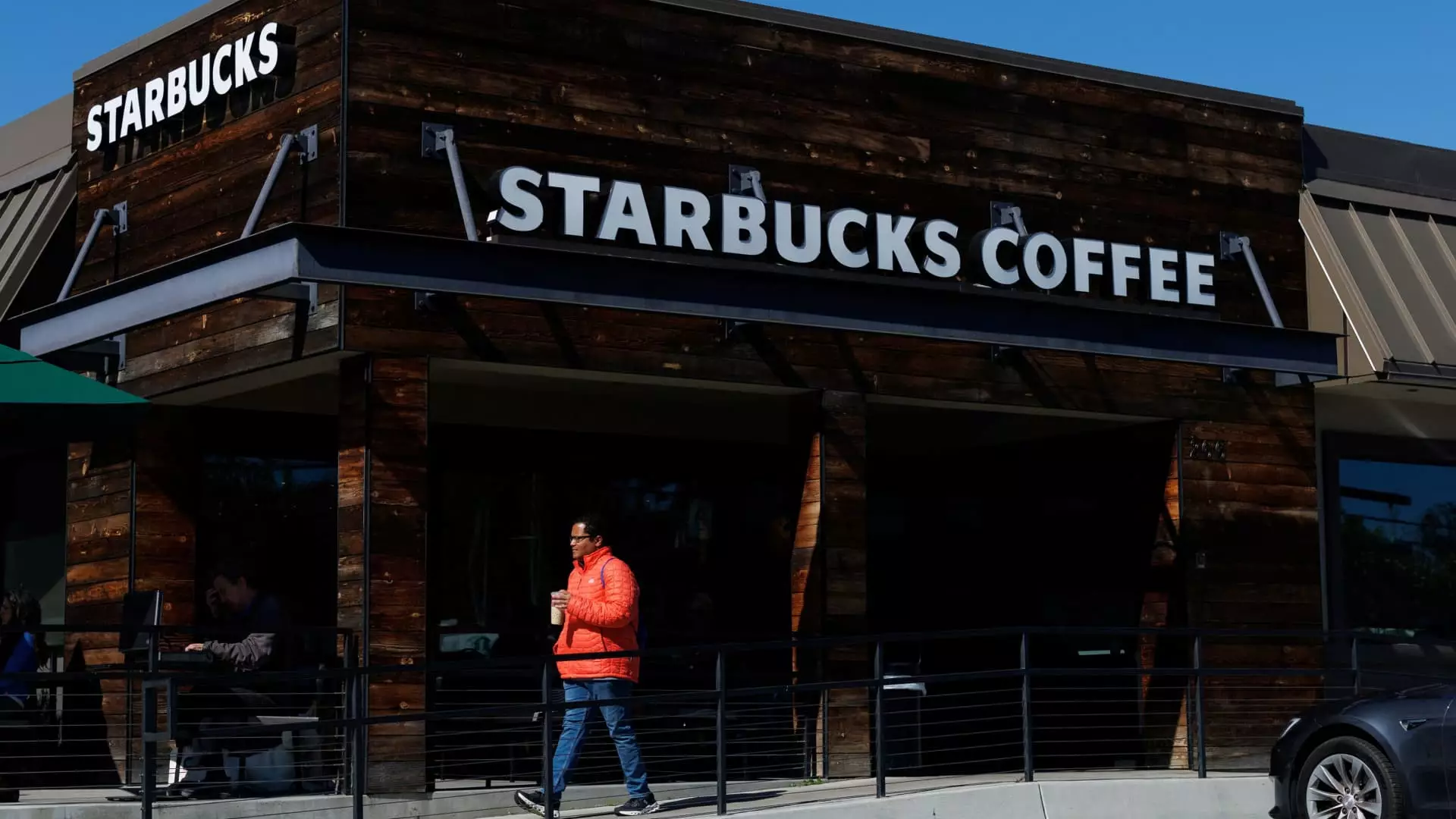The stock market has seen a noticeable wavering in recent days, with restaurant stocks taking a hit amid investor anxiety over a looming recession. Nervousness gripped the markets after President Donald Trump announced high tariffs on imports from several major trading partners. The ramifications of such policy decisions extend beyond the immediate fallout; they create a climate of uncertainty that can stifle spending across various sectors, particularly in the hospitality and food service industries. Investors who previously viewed restaurant stocks as a reliable investment are now second-guessing their decisions, fearing that consumers might pull back their dining-out budgets as economic conditions deteriorate.
Understanding the Ripple Effect of Tariffs
While analysts argue that tariffs will not directly impact most restaurant companies, they cannot ignore the potential inflationary effects that may ensue. UBS analyst Dennis Geiger encapsulated this view neatly by stating that while tariffs directly affect select commodities, the real worry is consumer spending power. If consumers feel the pinch in their wallets, discretionary spending—including dining out—will likely decline, posing a significant risk to restaurant profits. The collapse of consumer confidence can create a domino effect, leaving even the most resilient businesses struggling to stay afloat.
Starbucks and the Coffee Crisis: Navigating Consumer Sentiment
Starbucks, one of the most recognizable brands in the world, is not immune to these economic currents. After receiving a downgrade from Baird due to “near-term economic headwinds,” shares of the coffee giant slid over 2%. It’s essential to acknowledge how consumer sentiment can be influenced by geopolitical tensions. Starbucks has faced challenges not only from rising coffee costs but also from an emerging anti-American sentiment in markets such as China, where nationalistic exchanges have led consumers to reconsider their spending. The situation is dire, as Starbucks grapples with both rising costs and growing resistance, making it a notable case study in the complex dynamics of global trade and consumer behavior.
Casual Dining Chains: Straining Under Pressure
Casual dining chains also found themselves vulnerable to investor fears. Companies like Dine Brands—owner of Applebee’s and IHOP—saw their stocks sink nearly 3%, accentuating the precarious nature of the casual dining model in times of economic uncertainty. Unlike the fast-food segment, which has historically proven robust during downturns, casual dining seems to face a more daunting landscape. As more people restrict their dining options to save money, chains that rely on a full-service, sit-down experience could suffer significantly, highlighting the changing attitudes of consumers amid financial strain.
The Fast-Casual Downturn: A Diminishing Star?
Once the darling of the market, the fast-casual segment is also experiencing a downturn. Stocks of popular chains like Chipotle and Sweetgreen recently fell, raising questions about the sustainability of their growth given the shifting economic landscape. Investors are left to ponder whether the appeal of fast-casual dining will hold up if consumers are increasingly drawn to cheaper options during an economic downturn. This sector’s struggle underscores the frailty of dining trends. Just a year ago, these restaurants were thriving due to changing consumer preferences; today, they face declining sales as financial pressures mount.
Resilient Yet Vulnerable: Fast-Food Giants Face the Heat
Fast-food chains like McDonald’s have often been seen as safe havens during economic turmoil, as consumers looking to save money tend to flock to cheaper meal options. However, troubling patterns from last year’s consumer behavior told a different story. Even in this so-called safer arena, eateries are not guaranteed immunity. Low-income demographics have noticeably decreased their visits, while wealthier consumers have remained consistent in their dining habits. This growing divergence has resulted in stagnating same-store sales, proving that even fast-food giants can falter under financial pressure.
A Glimmer of Hope: Emerging Brands Staying Afloat
Amid this widespread decline, a few companies are bucking the trend. Fast-growing chains like Dutch Bros. have shown resilience, even witnessing a stock increase of over 4% after a substantial decline, demonstrating the potential for rapid growth in niche markets. Similarly, Cava’s stock has increased by more than 6%, showcasing that while many established brands struggle, innovative newcomers can still capture consumer interest in a challenging financial climate. These examples serve as a reminder of the ever-evolving landscape where adaptability can lead to success despite adversities.

